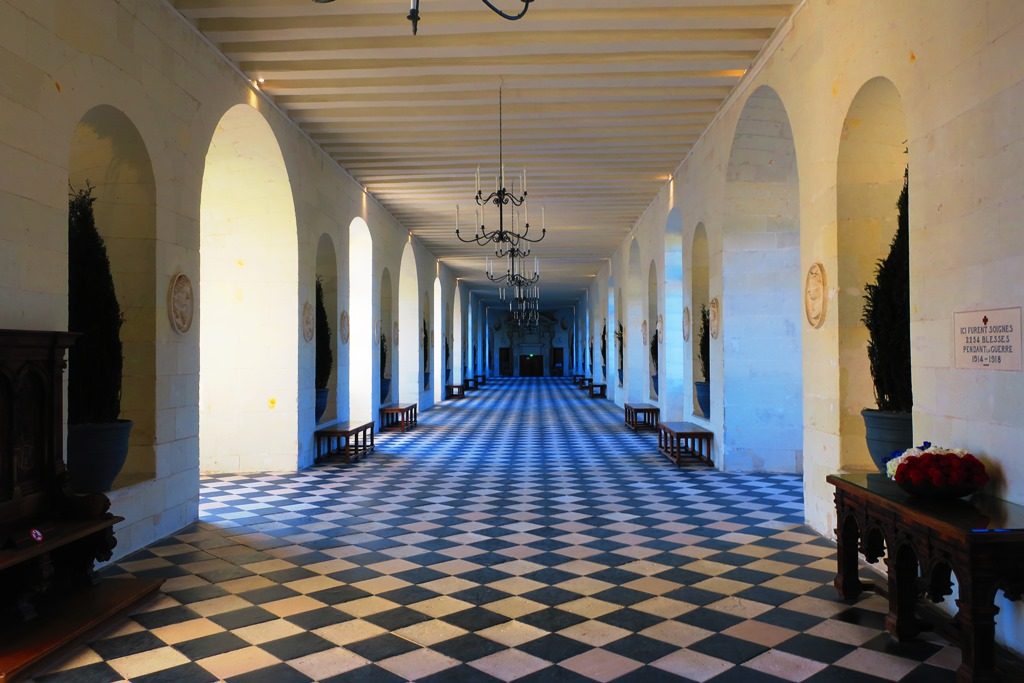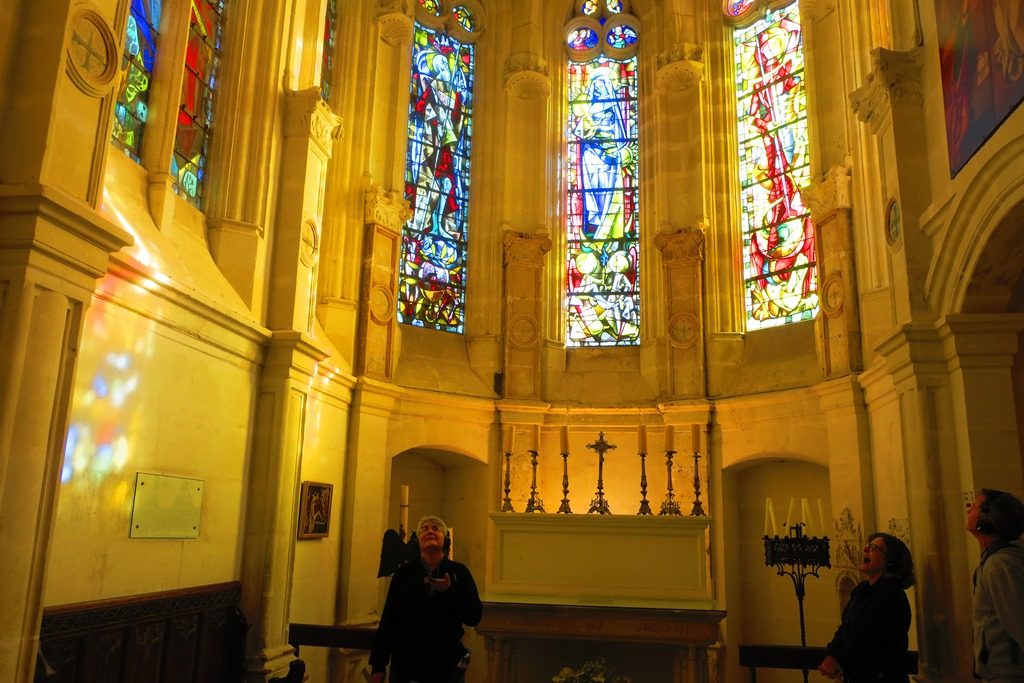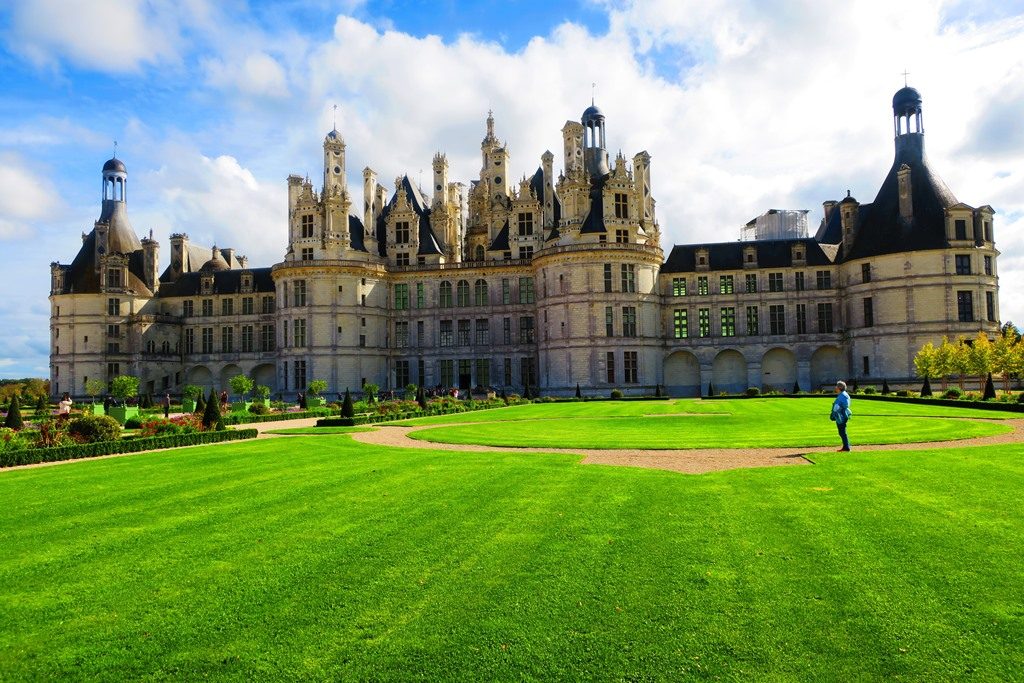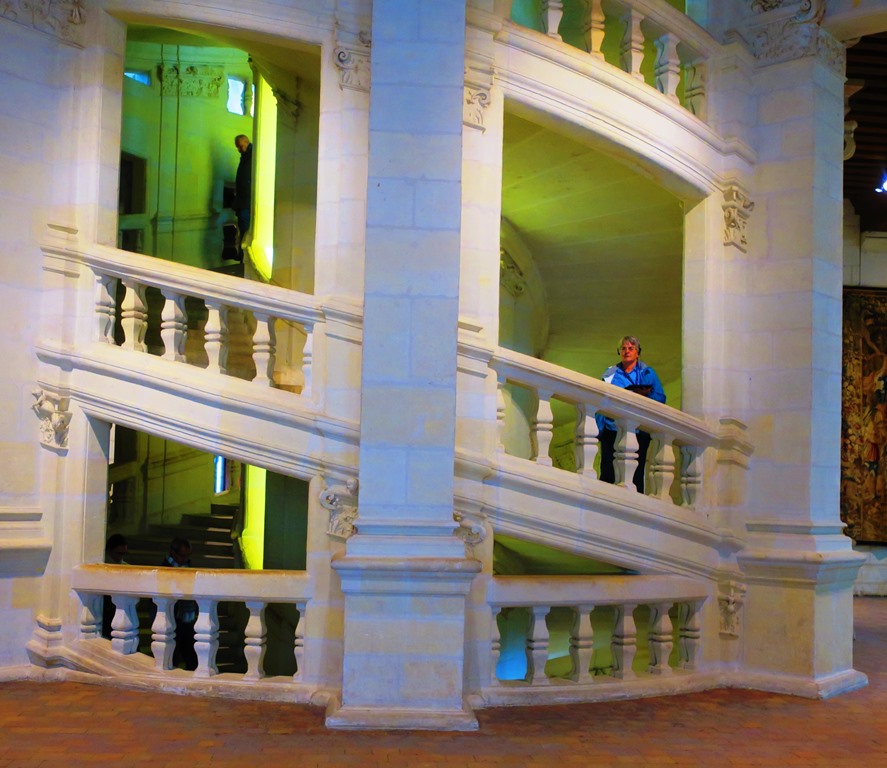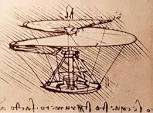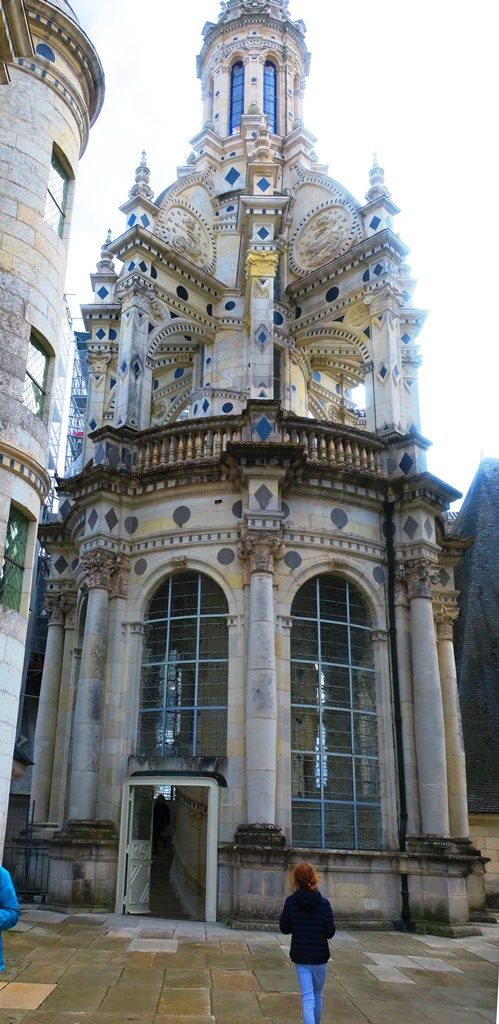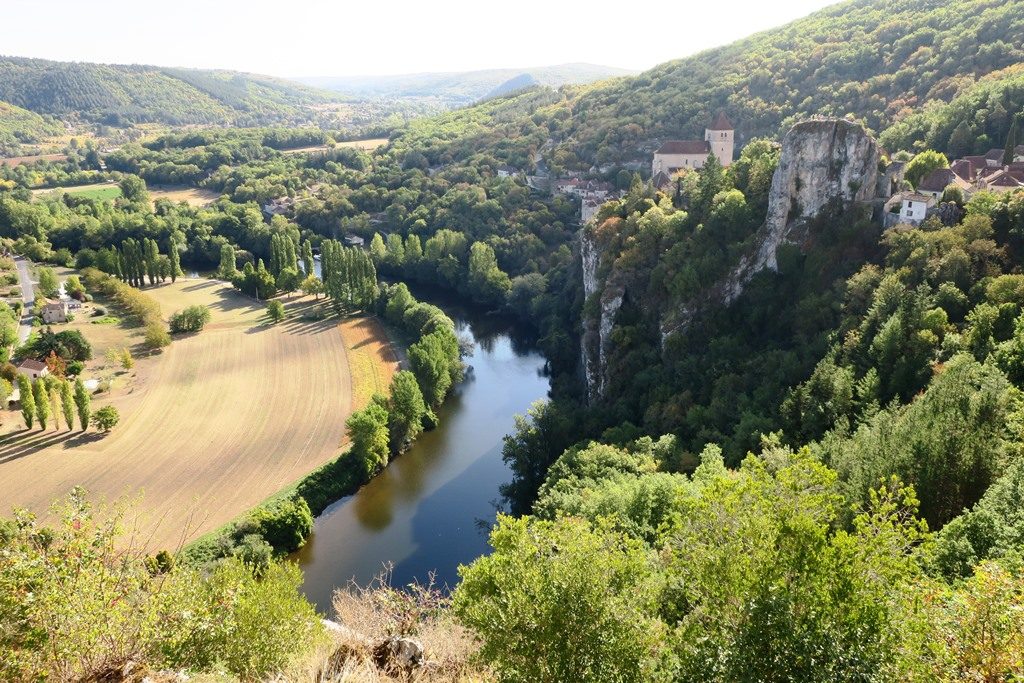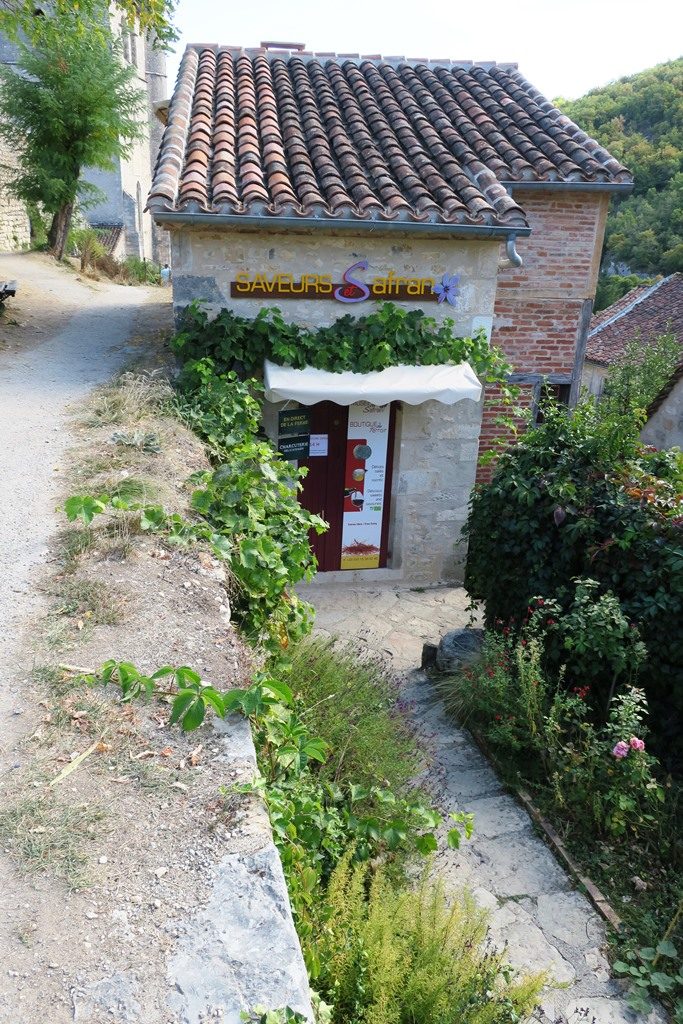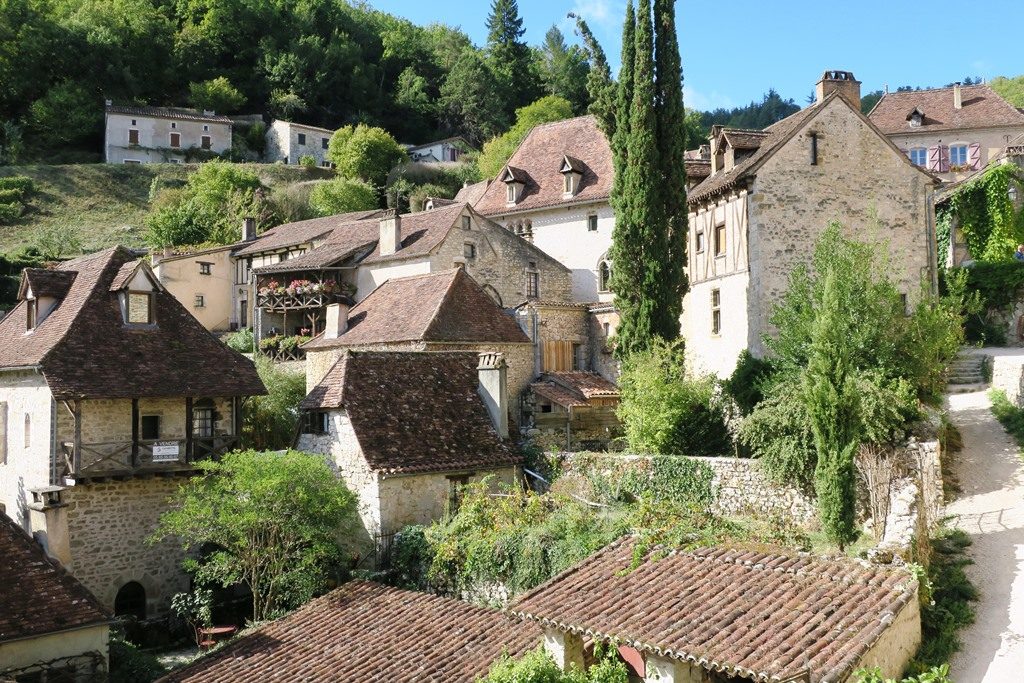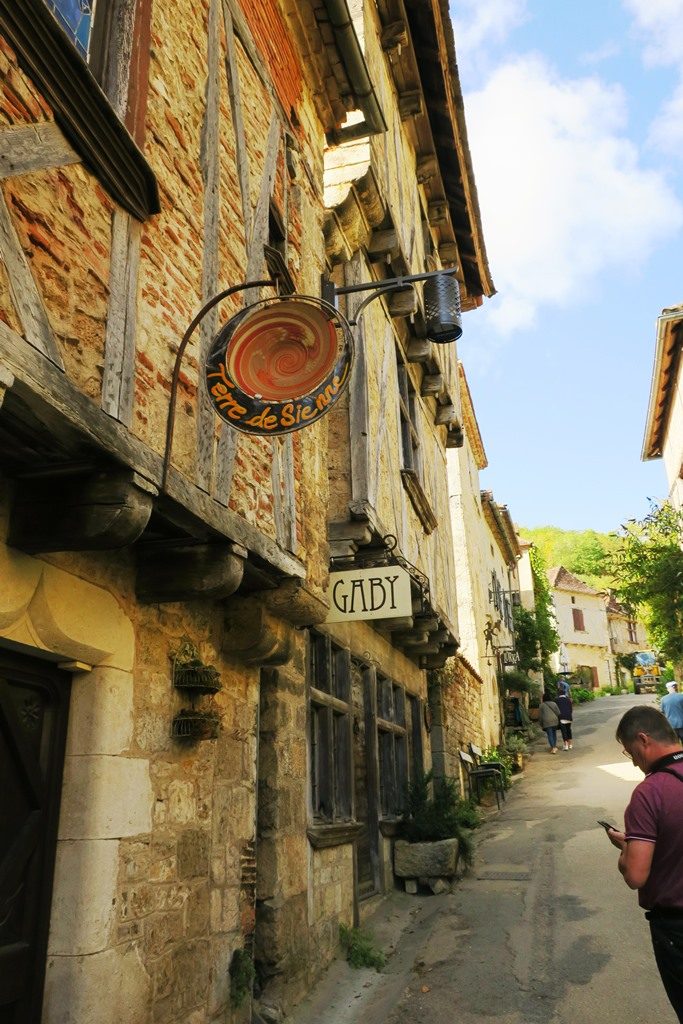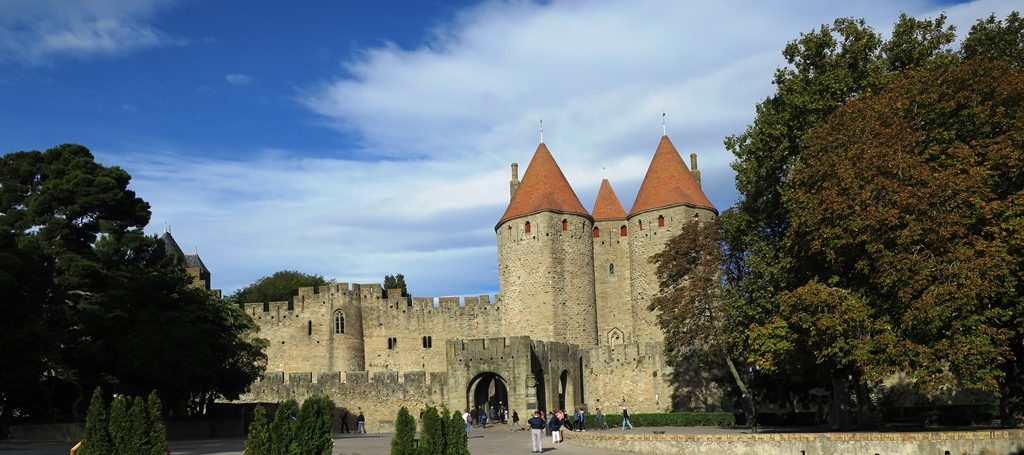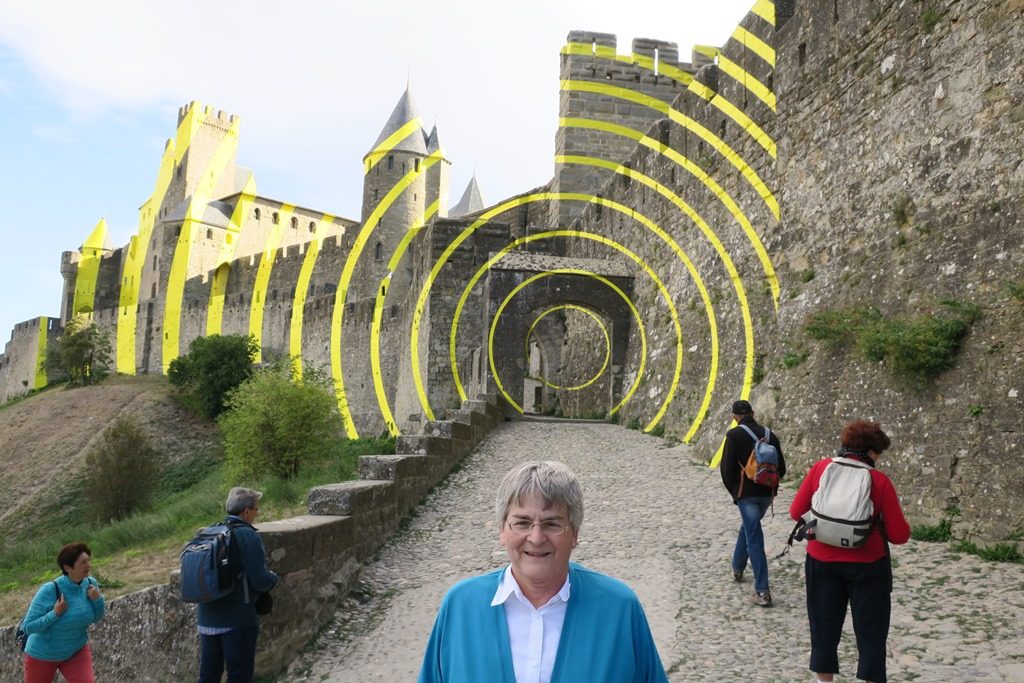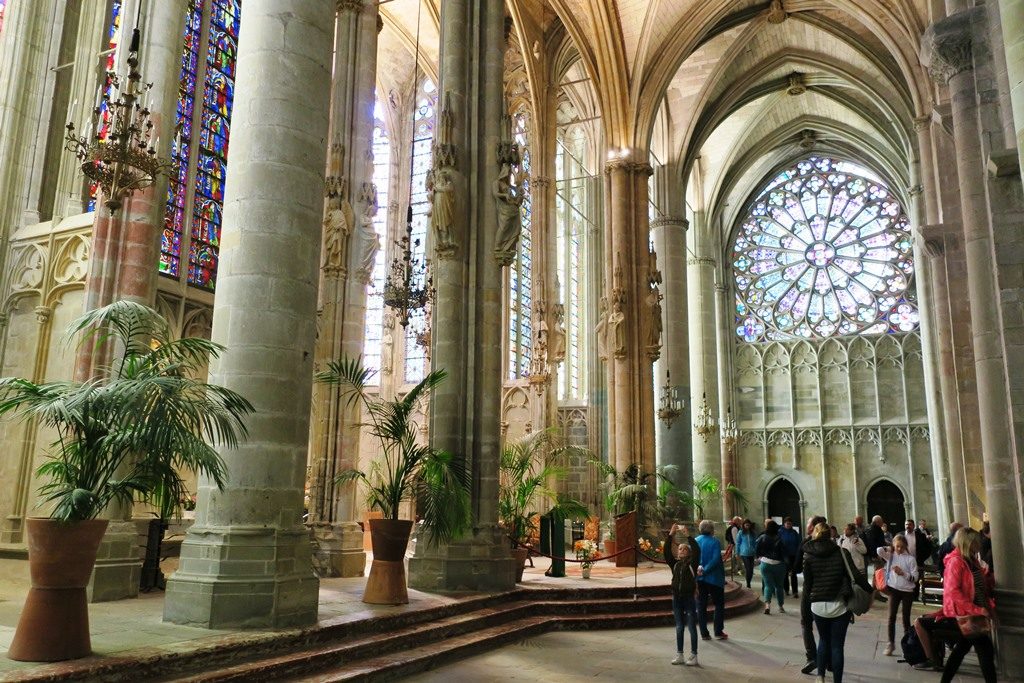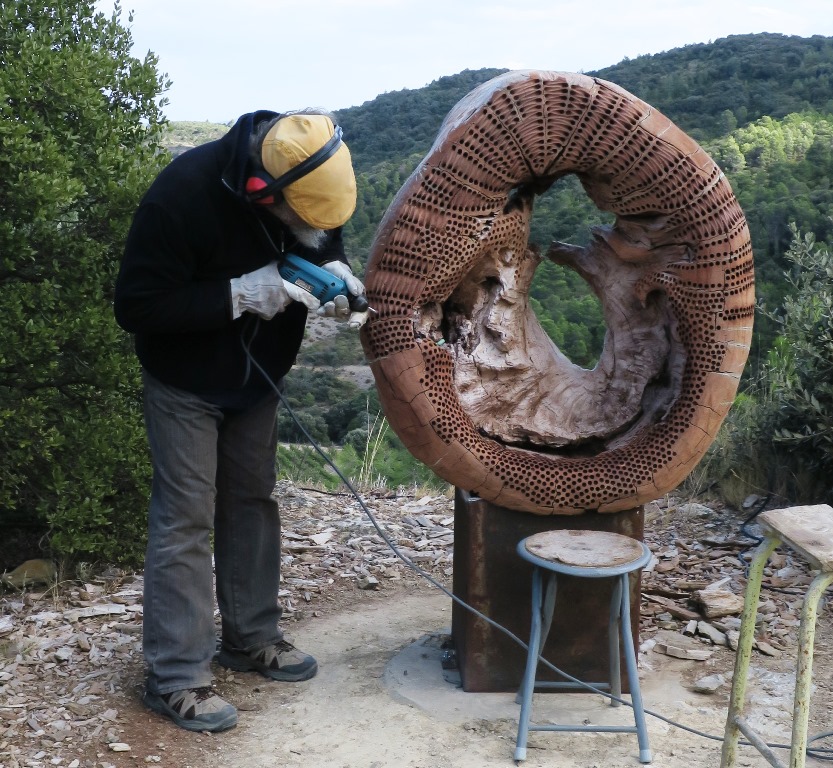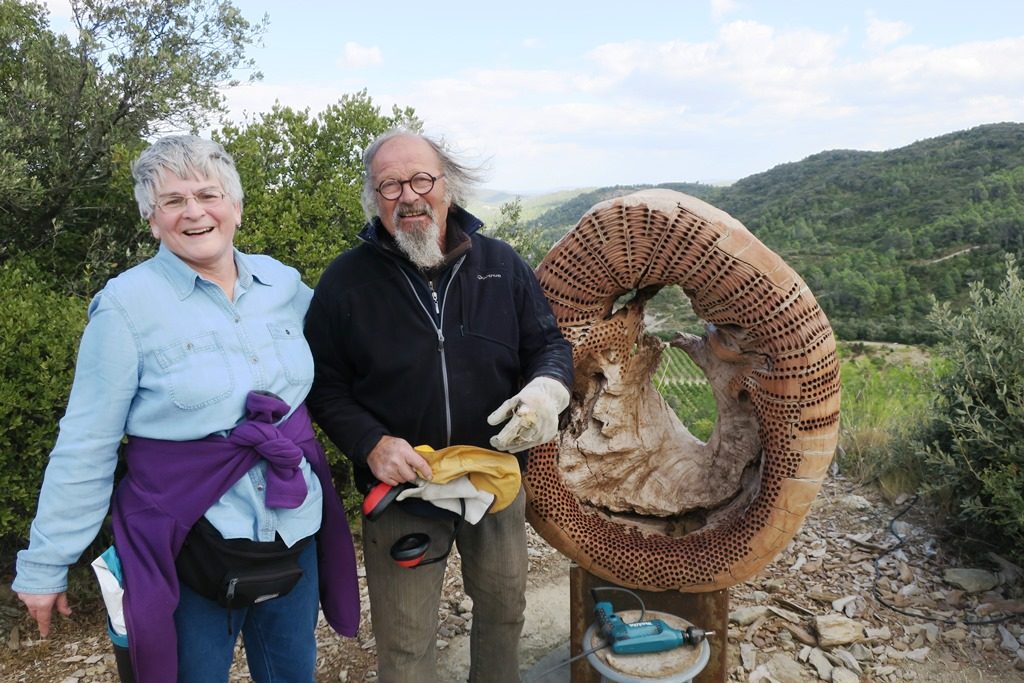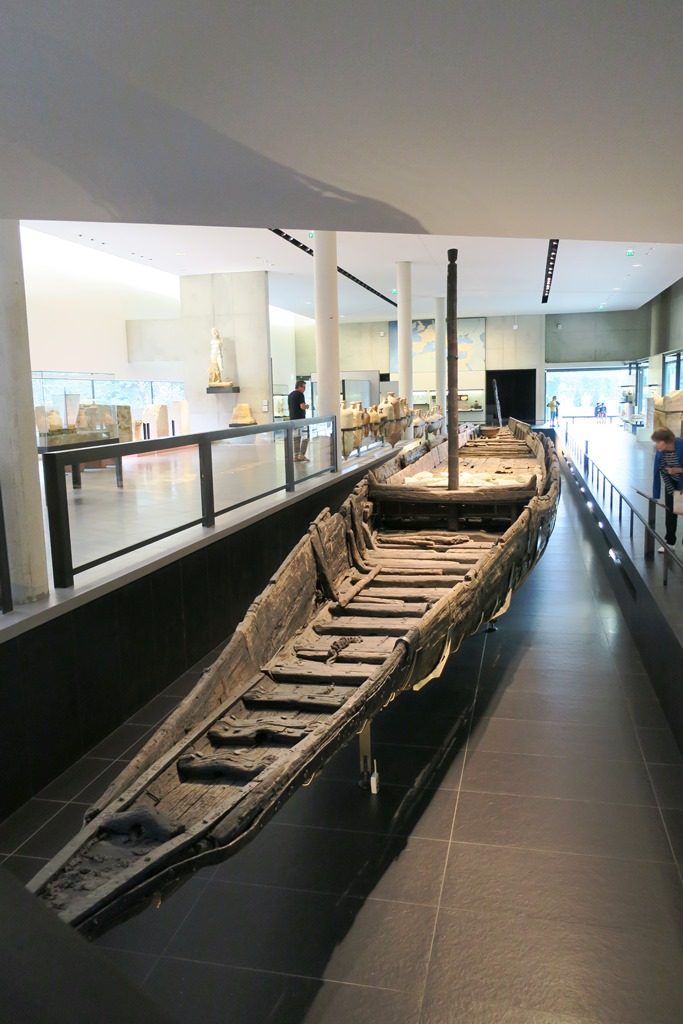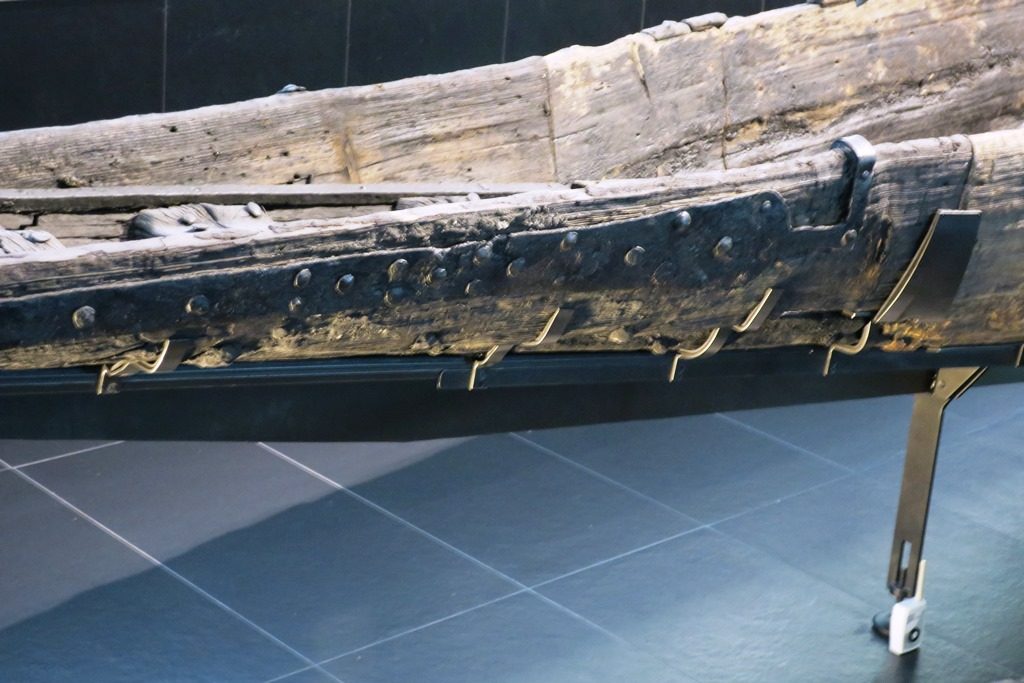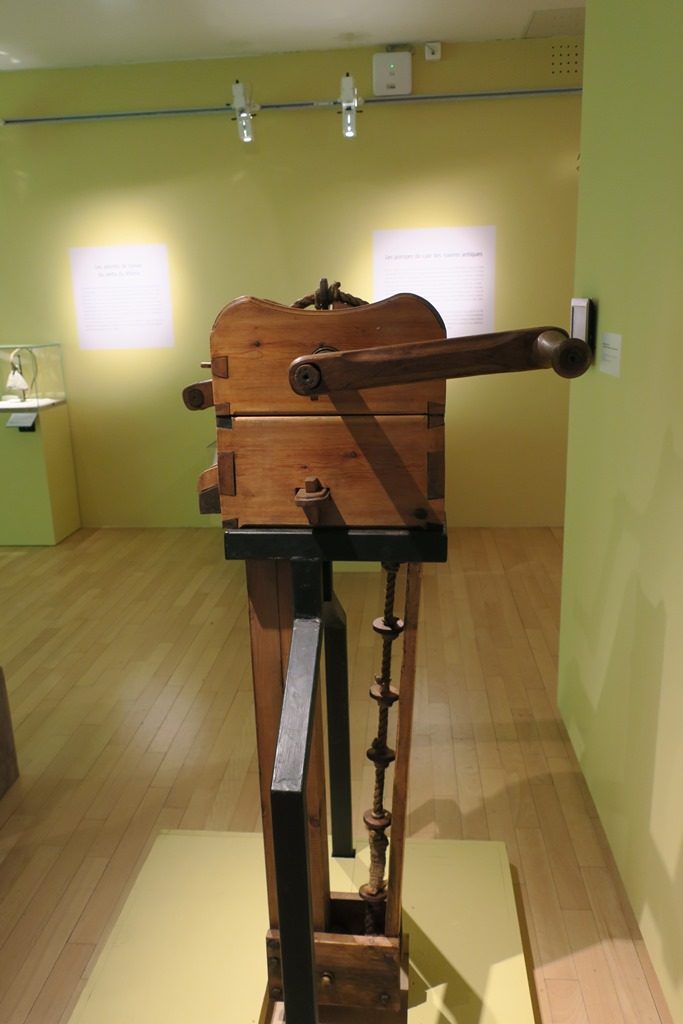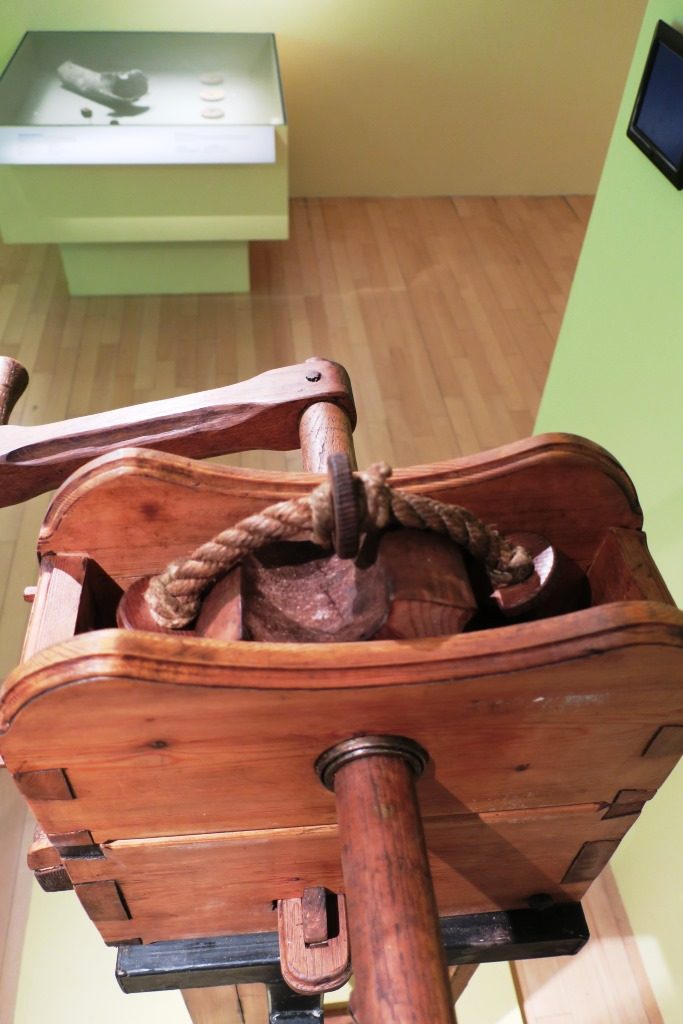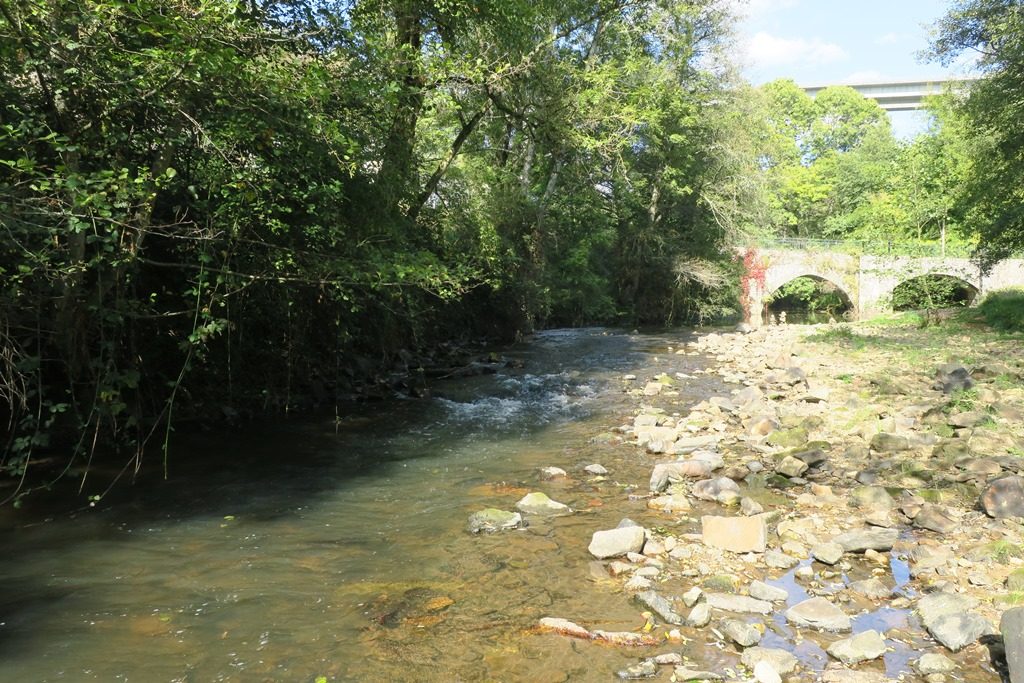
Our visit to Rouffignac Cave made three caves, and each was entirely different. Lascaux was overwhelming from the moment we walked in, with artists even building scaffolding to paint the ceiling. Font de Gaume had art that was just as good as Lascaux, but only a few animals at a time, and faded. We were looking at the real, 15,000 year art and it was very impressive, but not overwhelming. Rouffignac started out a lot like Font de Gaume, but as we got into the cave it became more and more incredible. The art was still masterpieces. The guide pointed something I had missed before. It was impossible for the artists to erase a line. Every piece had to be created perfectly the first time. This means only highly trained and qualified artists worked in the caves.
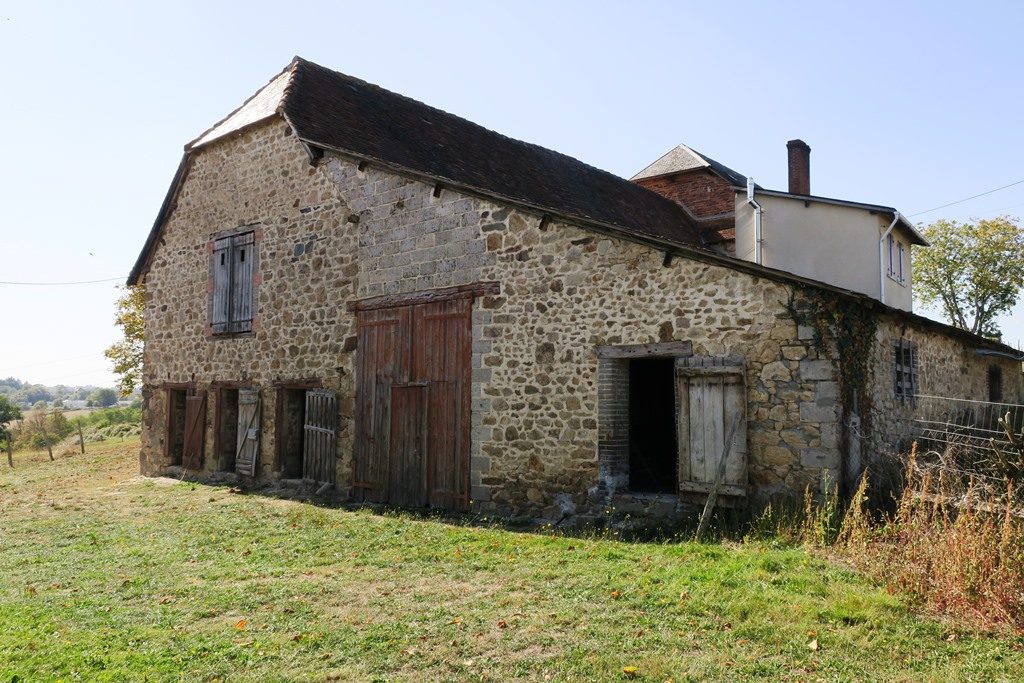
The most impressive part of Rouffignac is an area called the great ceiling. When the drawings were created, the ceiling was about 3 feet above the floor. This means the artists had to crawl in on their bellies, then work laying on their back, with their face almost touching the ceiling. In spite of this, each of the 66 animals is perfectly drawn and perfectly proportioned. The French excavated the floor so we could stand in the room and look at the ceiling. But nobody in prehistoric times could see more than a small part of it at once. Archaeologists believe the room was painted by 5 to 7 artists, all working at more-or-less the same time. Getting to the room was so arduous that the artists would have required a support staff to bring lamps, supplies, etc. It blew me away.
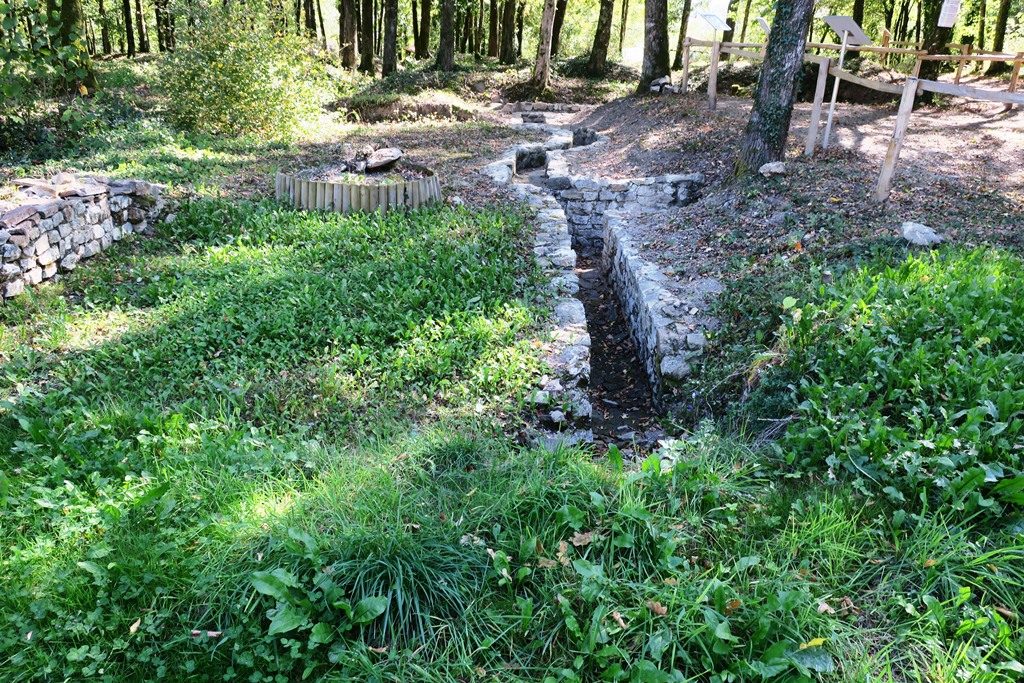
We were on the first tour at Rouffignac, which gave us time to do the hike also. It is called “Three Rivers and Three Viaducts”. The hike was nice, but not nearly as nice as the description indicated. Still, we saw some pretty countryside, an archaeological site, and some other interesting things. It would be really cool if the viaduct below were a Roman Aqueduct converted for carrying electricity. But actually, it’s a railroad bridge built in 1891.
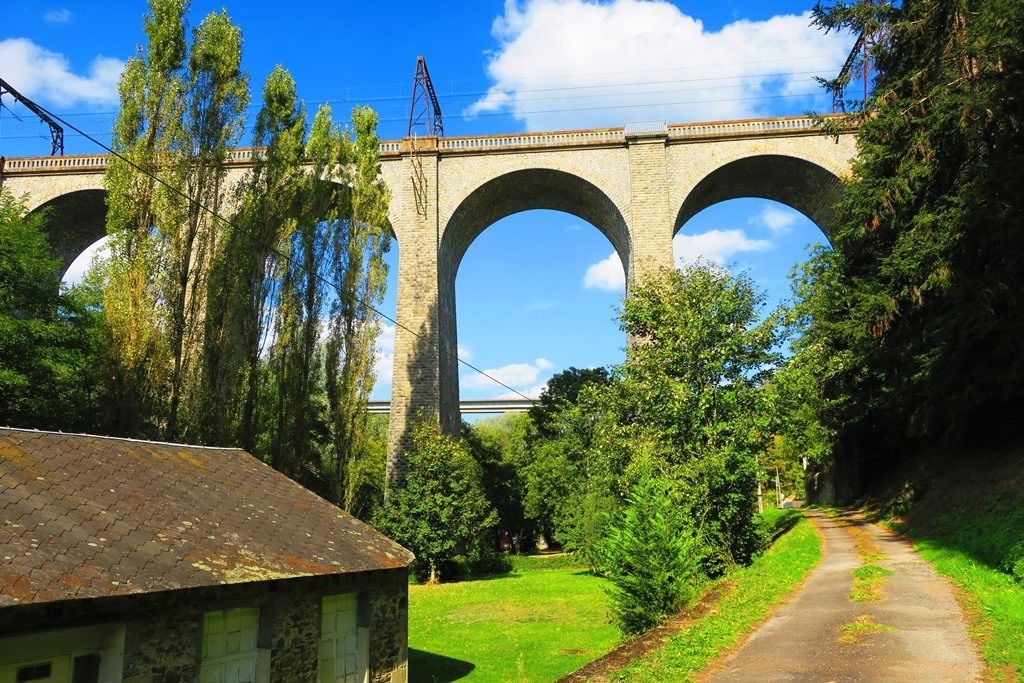
Our hotels are a study in contrasts between yesterday and today. Yesterday, we were in a B & B. The host’s house was several centuries old. We saw the stone wall inside our bedroom, as well as the massive beams holding the roof up. The room was highly decorated and felt very comfortable. We had to drive to get anywhere. This caused us to eat snacks from the grocery store for dinner. Restaurants in France don’t open before 7 PM. I don’t like driving in the dark in France. Tonight, we are staying at a very low cost but ultra-modern hotel. Everything possible was done to save construction costs. For example, the bathroom is on a raised floor to make running plumbing easier. There was no receptionist when we arrived, the front door was locked. We received our key through a dispensing machine outside the front door. There are a number of restaurants and fast food places an easy walk from our hotel.


